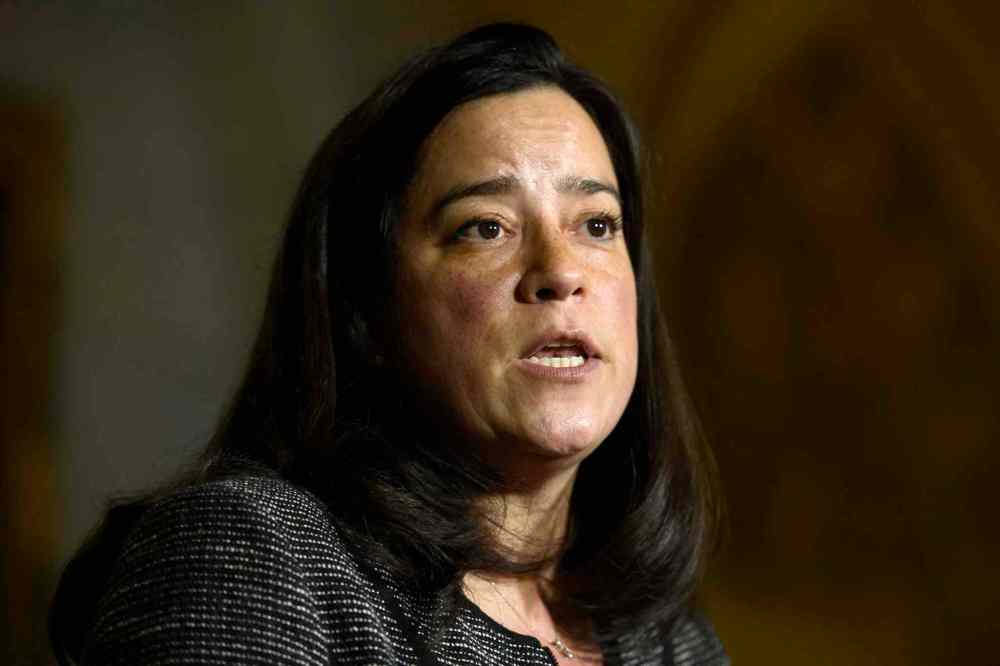Gov’t should set inquiry’s scope with care and compassion
Advertisement
Read this article for free:
or
Already have an account? Log in here »
To continue reading, please subscribe:
Monthly Digital Subscription
$0 for the first 4 weeks*
- Enjoy unlimited reading on winnipegfreepress.com
- Read the E-Edition, our digital replica newspaper
- Access News Break, our award-winning app
- Play interactive puzzles
*No charge for 4 weeks then price increases to the regular rate of $19.00 plus GST every four weeks. Offer available to new and qualified returning subscribers only. Cancel any time.
Monthly Digital Subscription
$4.75/week*
- Enjoy unlimited reading on winnipegfreepress.com
- Read the E-Edition, our digital replica newspaper
- Access News Break, our award-winning app
- Play interactive puzzles
*Billed as $19 plus GST every four weeks. Cancel any time.
To continue reading, please subscribe:
Add Free Press access to your Brandon Sun subscription for only an additional
$1 for the first 4 weeks*
*Your next subscription payment will increase by $1.00 and you will be charged $16.99 plus GST for four weeks. After four weeks, your payment will increase to $23.99 plus GST every four weeks.
Read unlimited articles for free today:
or
Already have an account? Log in here »
Hey there, time traveller!
This article was published 08/12/2015 (3628 days ago), so information in it may no longer be current.
The Trudeau government Tuesday promised a “reset” of Ottawa’s relationship with indigenous people. There was a recommitment to lifting the decades-old federal spending cap on First Nations programs. For a government elected on a pledge to run deficits, that was the easy part of Prime Minister Justin Trudeau’s meeting with the chiefs from across Canada.
More difficult will be the promise to negotiate, nation-to-nation, on treaty and inherent rights. Implementing all of the recommendations made in the executive report from the Truth and Reconciliation Commission will be equally as daunting, requiring a rework of the approach to crime, to justice and the penal system, for example.
Mr. Trudeau also launched the groundwork for a national inquiry into missing and murdered indigenous women. In the next couple of months, three ministers, including Justice Minister Jody Wilson-Raybould, will talk with the families who have lost their daughters, sisters and mothers, and with aboriginal groups, women’s organizations and provincial and territorial governments to set the commission’s scope.

A thoughtful, deliberate consultation that seeks first and foremost the view of indigenous people on what an inquiry must address, how that can be done and what should result from the work is critical to its success. The RCMP found 1,181 aboriginal women and girls disappeared or were killed from 1980 to 2013, stark statistics how vulnerable they are to violence at grossly higher rates than those of non-indigenous women.
The inquiry will have to explore the factors that make indigenous women and girls targets, the socio-economic conditions that linger as the caustic legacy of more than a century of racist, abusive government policies. It can rely heavily upon dozens and dozens of studies, reports and analyses linking colonial history to the poverty, ill health, unemployment and addictions that prevail on reserve.
Canada knows a bit about that legacy. Other groups have gone into the communities and homes to document the experience of families still searching for clues of their loved ones’ fates. Many carry the pain of the feeling they were dismissed by authorities and their crises, these crimes, were given short shrift by police. They deserve to be heard.
An inquiry may not give them all that they want. It is not a police investigation; as Justice Murray Sinclair, co-commissioner of the TRC reminds us, it cannot probe criminality nor point to culpability.
But it can look at the allegations of systemic racism. The aboriginal community wants to know if reports of missing loved ones, the cases of their murdered, were treated differently from others. Were the investigations delayed or mishandled because the women were aboriginal? Were officers working on stereotypes, such as “high-risk lifestyles,” that made these cases less urgent?
Inquiry researchers can sample cases to compare them to how police handled non-aboriginal cases. The results could enlighten all Canadians and maybe bring some kind of resolution to families.
The daunting task before those writing the inquiry’s mandate will be to manage expectations, to set its scope with care and compassion and a workable goal, in a meaningful time period. There’s work to be done to prevent more women from falling victim, which is why some families felt the expense of an inquiry would be better used on action.
This inquiry is central, now, to “resetting” a relationship fraught with mistrust. Failure, as Justice Sinclair has said, would load a greater burden on Canada’s youth, who will be left to start again. That would be an injustice.



